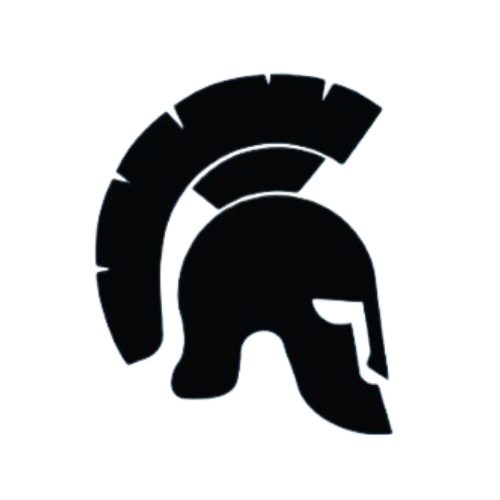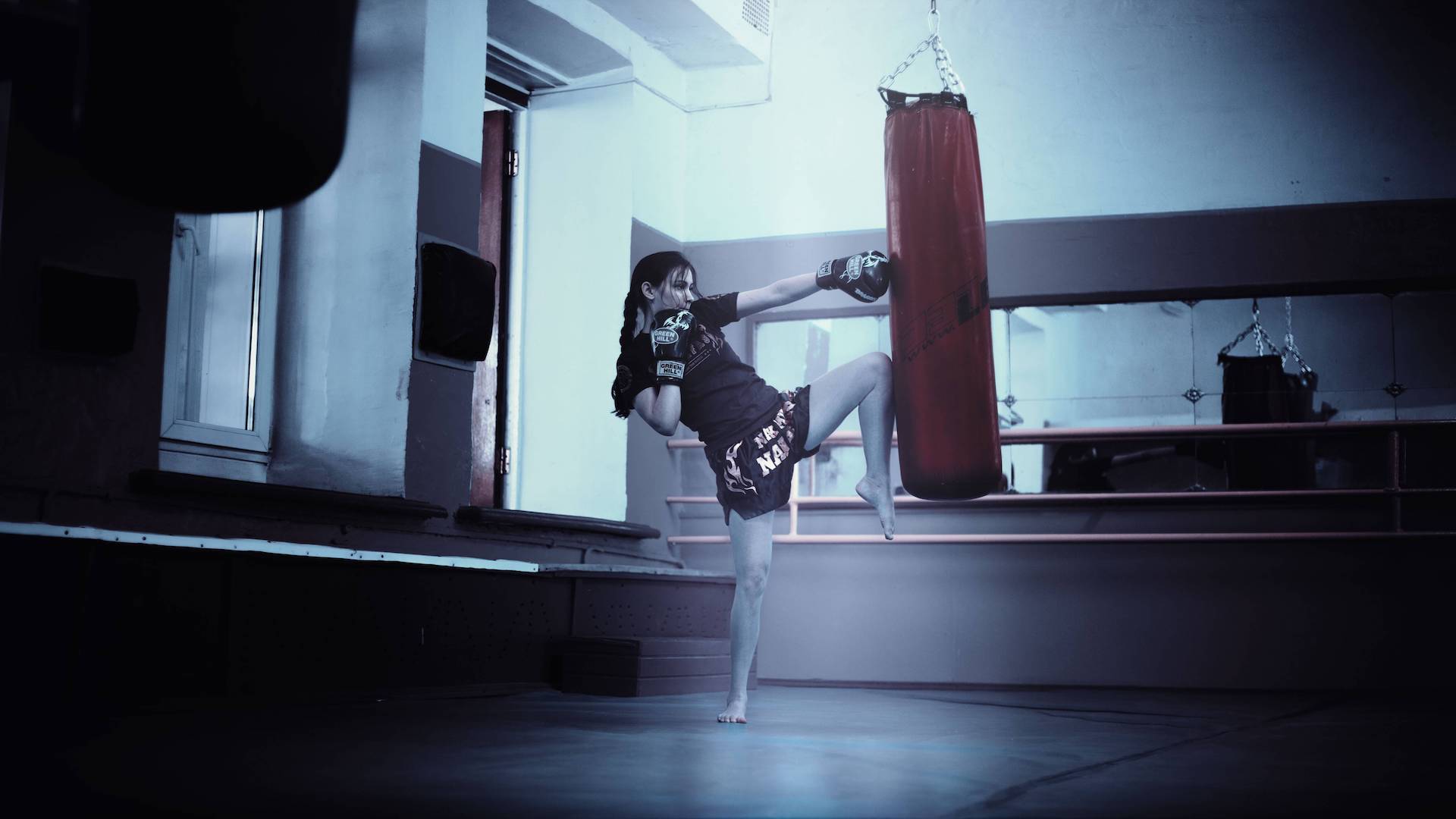Worried about straining your back during a workout? Looking for a core-strengthening exercise that’s effective and safe? You’re not alone. Many fitness enthusiasts seek ways to sculpt their core without compromising their spinal health.
The Kettlebell Russian Twist is a dynamic exercise renowned for its effectiveness in targeting the core muscles, particularly the obliques. Its popularity stems from its ability to build strength and endurance, contributing to a sculpted physique. This comprehensive guide will provide you with the knowledge and tools to perform this exercise safely and effectively.
Proper Technique and Form (Correct Form for KBTs)
Mastering the Kettlebell Russian Twist technique is crucial for maximizing effectiveness and minimizing risk of injury. This section provides a detailed breakdown of the steps involved, illustrated with visual aids.
1. Starting Position
Sit on the floor with your knees bent and feet flat. Hold a kettlebell with both hands at your chest. Lean back slightly so your upper body is at a 45-degree angle to the floor, engaging your core.
2. Perform the Twist
Lift your feet off the ground for added difficulty (optional). Rotate your torso to the right, bringing the kettlebell towards your right hip, then pause briefly. Return to center and twist to the left, bringing the kettlebell towards your left hip.
3. Repeat
Continue alternating sides for the desired number of repetitions, ensuring controlled movements and maintaining a straight back throughout the exercise. Focus on engaging your core rather than using momentum.
Kettlebell Russian Twist Standing
1. Starting Position
Stand with your feet hip-width apart, holding a kettlebell with both hands at chest level. Keep your arms slightly bent and engage your core.
2. Perform the Twist
Rotate your torso to the right, allowing the kettlebell to move towards your right side. Ensure that your hips remain stable and face forward as you twist. Pause briefly at the end of the twist.
3. Alternate Sides
Return to the center and then twist to the left, bringing the kettlebell towards your left side. Continue alternating sides for the desired number of repetitions, maintaining control and proper form throughout the exercise.
How to Avoid Lower Back Pain?
Lower back pain is a common concern when starting any new exercise, and the Kettlebell Russian Twist is no exception. Proper form and technique are paramount to minimize risk. Understanding the potential for strain and taking necessary precautions will safeguard your back and overall well-being. This section will delve into the crucial aspects of posture, proper breathing, and gradual progression, ensuring a safe and effective workout experience.
Common risks include improper spinal alignment, leading to lower back pain. Overexertion and lack of proper warm-up can contribute to muscle strain. Anatomically, the core muscles—including the rectus abdominis, obliques, and transverse abdominis—work synergistically during the KBT. Excessive force or poor form can strain these muscles, potentially resulting in pain or injury. A gradual progression approach is critical to prevent injury and allow the body to adapt to the stress placed upon it.
Maintain a neutral spine. This means avoiding arching or rounding your back. Keeping your back straight and core engaged throughout the exercise is essential. Proper breathing techniques, focusing on controlled inhalations and exhalations, further enhance stability and minimize stress on the lower back. Begin with lighter weights and gradually increase as your strength improves. Consider incorporating a warm-up routine for the core before beginning the KBT to prepare the muscles.
Individual limitations should be acknowledged. Consult with your doctor or a physical therapist if you have any pre-existing conditions. Adjust the weight of the kettlebell, rep ranges, and sets based on your fitness level and any limitations. Listen to your body; if you experience pain, stop immediately and consult with a medical professional. Avoid pushing through pain, as this could exacerbate the injury.
Effectiveness and Variations (Kettlebell Russian Twist for Abs)
The Kettlebell Russian Twist is a highly effective exercise for core engagement, particularly targeting the obliques and rectus abdominis muscles. The dynamic movement challenges and strengthens these muscles, promoting improved core stability and definition. This section examines the myriad of benefits you can gain and the various ways you can modify the exercise to maintain challenges and growth.
Several research studies suggest that exercises like the KBT contribute to core strength improvement and fat burning. Harvard Health, for example, highlights the importance of core strength for overall health and well-being. These studies emphasize that the KBT can contribute to significant fat burning through the engagement of many muscle groups simultaneously, enhancing calorie expenditure.
Variations, such as altering the grip, adjusting foot placement, and modifying leg positioning, allow you to fine-tune the intensity and muscle engagement. Bending your knees or keeping your legs straight creates different levels of resistance, targeting the muscles in various intensities. Progressive overload, gradually increasing the weight or repetitions, is critical to continue challenging your muscles and achieving optimal results.
Selecting the right kettlebell weight is vital. Lighter weights are suitable for beginners and those with less core strength. As strength builds, increasing the weight will further challenge your muscles and promote continued growth. Adjust the workout difficulty to best suit your current fitness level. You can modify the intensity of the exercise based on the weight chosen, repetitions, sets, and the variation implemented in the technique.
Beginner to Advanced Workout Routines (Kettlebell Russian Twist Workout Routines)
This section provides structured workout routines tailored for different fitness levels, guiding you from beginner to advanced stages. Beginner routines emphasize proper technique and minimal impact on your body. Intermediate/advanced routines can gradually increase rep ranges and sets, incorporating advanced variations, promoting continuous challenge and growth. Remember to warm-up before starting and cool-down afterwards for optimal benefits.
Adjust intensity levels to suit your individual needs and ensure a gradual increase in difficulty. As you progress, adjust the number of repetitions and sets. Track your progress to maintain motivation and see results. This will help you maintain a fitness routine that best suits your needs and goals.
Specific Needs and Considerations
This segment addresses specific situations, including workout routines after surgery, considerations during injury recovery, and potential limitations. Information from reputable sources such as physical therapists and medical journals provides practical guidance for adapting the KBT. Consult with a healthcare professional to ensure the exercise is appropriate for your specific needs.
Following surgery, your physical therapist can offer advice regarding the appropriate modifications or adjustments to consider when returning to exercise. Modifications should account for individual limitations and be tailored to specific physical needs. Listen carefully to your body’s cues and modify accordingly. Consult your medical professional or physical therapist for personalized guidance.
Conclusion
The Kettlebell Russian Twist is a valuable addition to any fitness routine, offering significant benefits for core strengthening. This guide provides a foundation for you to incorporate this exercise safely and effectively into your routine. Remember to prioritize safety and proper form throughout the entire process. Consistent practice and attention to detail will contribute to significant gains in core strength and overall fitness.








